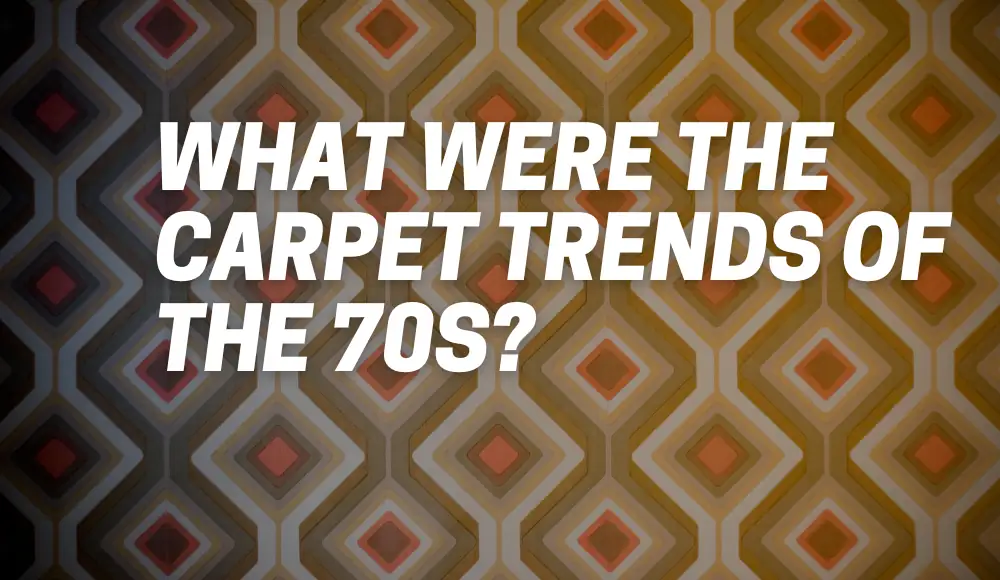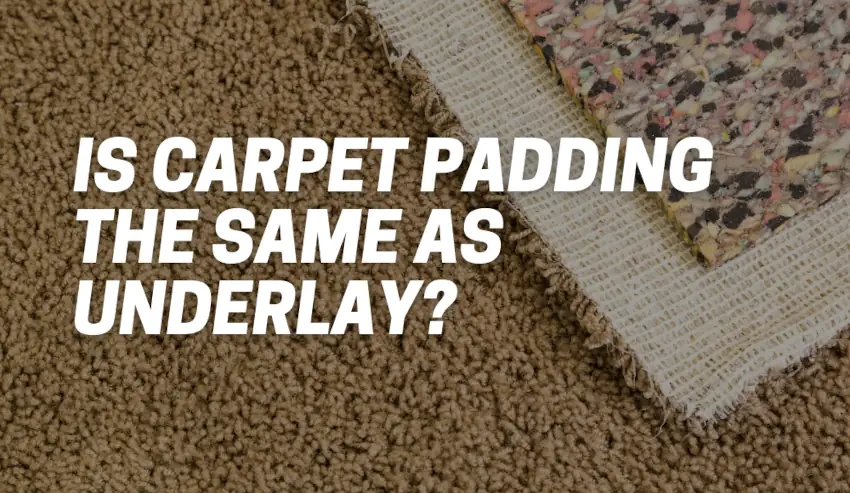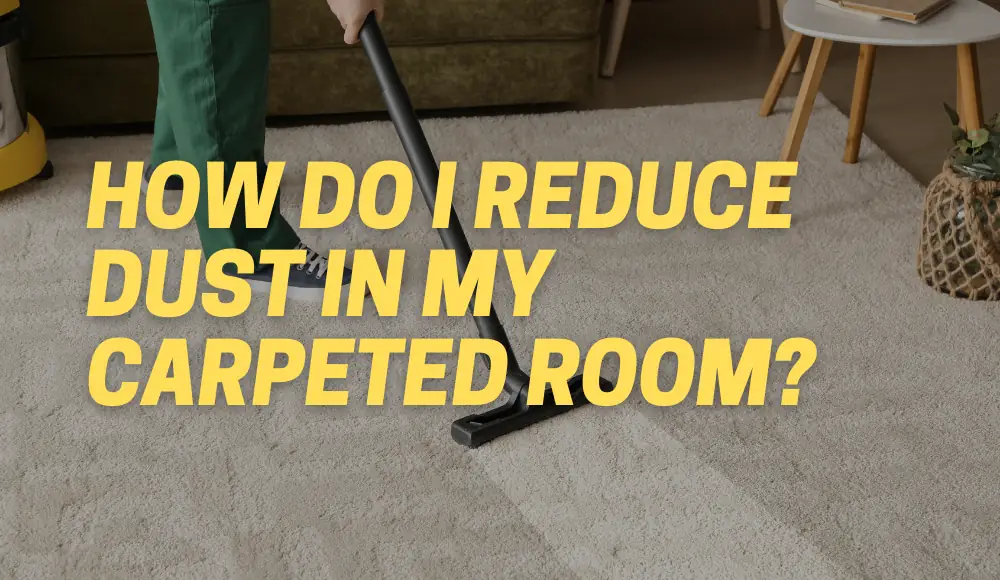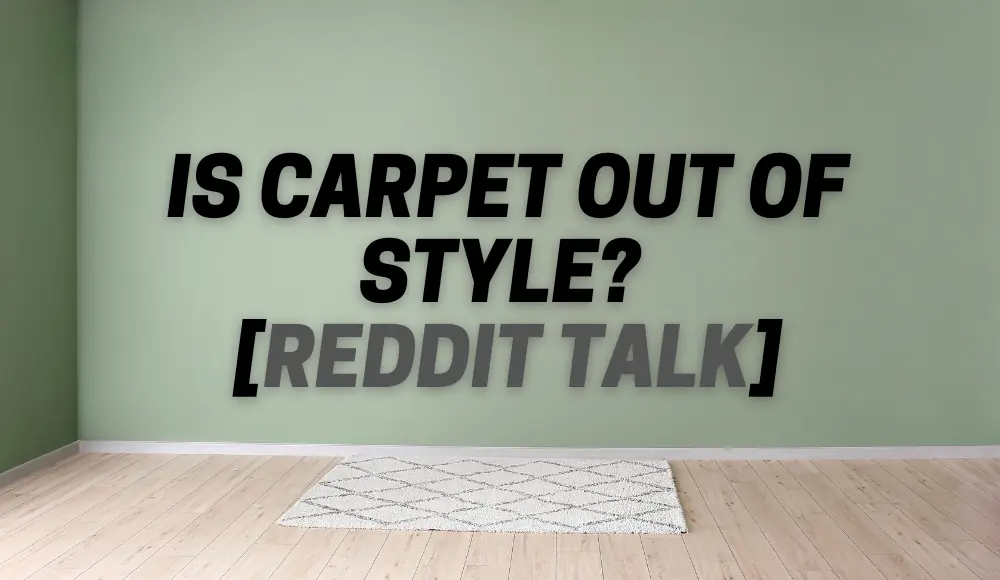When you think of the 1970s, what comes to mind? Groovy music, bell-bottom pants, and funky décor, right? Well, you can’t talk about ’70s interior design without mentioning the iconic 1970s carpet.
In this article, we’re going to dive deep into the world of ’70s carpets, exploring what made them so popular, the various styles and colors that dominated the era, and why they continue to hold a special place in our hearts.
What Flooring Was Popular in the 1970s?
In the 1970s, several types of flooring were popular and reflected the design trends of that era.
Some of the most common flooring choices during the 1970s included:
- Wall-to-Wall Carpeting: Wall-to-wall carpeting was extremely popular in the 1970s. Shag carpets, characterized by their long, fluffy pile, were particularly trendy. These carpets often came in bold and vibrant colors like orange, green, and brown, which were emblematic of the era’s style.
- Linoleum: Linoleum flooring was widely used in kitchens and bathrooms during the 1970s. It was available in various patterns and colors, including geometric designs and bold, contrasting hues.
- Vinyl Flooring: Vinyl flooring was also a common choice, especially in high-traffic areas. Like linoleum, it came in a variety of patterns and colors, and it was easy to clean and maintain.
- Hardwood Flooring: Some homeowners opted for hardwood flooring, which could be seen in both traditional and contemporary settings. Oak and walnut were popular wood choices.
- Cork Flooring: Cork flooring gained popularity in the 1970s due to its natural and sustainable characteristics. It was comfortable to walk on, had good insulation properties, and was available in different patterns and colors.
- Terrazzo: Terrazzo flooring, made from a combination of marble or granite chips set in a cement or resin base, was commonly used in commercial spaces but also found its way into some homes during the 1970s.
- Parquet Flooring: Parquet flooring, consisting of small wood blocks arranged in geometric patterns, was another flooring choice seen in some homes during this decade.
It’s important to note that design trends can vary by region and personal preference, so not all homes from the 1970s had the same type of flooring.
Additionally, some homes may have featured a mix of different flooring materials in various rooms to suit the specific function and style of each space.
Carpet offered a level of insulation that hardwood or tile floors simply couldn’t match. With the energy crisis of the 1970s, homeowners were looking for ways to conserve heat, and carpeting helped keep homes warmer in the winter.
Plus, it was soft underfoot, making it a comfortable choice for families.
What Is 70s Carpet Called?
The 1970s brought with it a range of carpet styles, and one of the most popular was known as “shag carpet.”
Shag carpets were characterized by their long, fluffy pile that gave them a distinctive, shaggy appearance. Walking on a shag carpet felt like walking on a cloud, and it quickly became a symbol of the era.
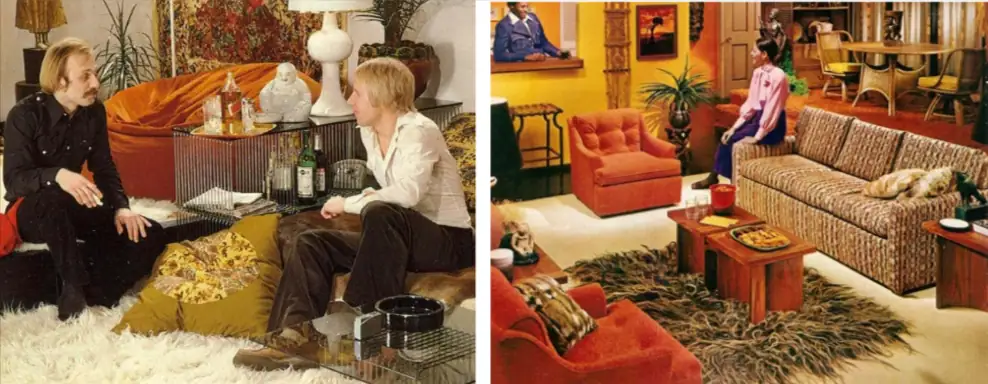
What Color Carpet Was Popular in the 70s?
When it comes to ’70s carpet, color was key.
The 1970s were all about bold and vibrant hues, and carpets were no exception. Some of the most popular carpet colors of the era included:
- Harvest Gold: This warm, golden hue was a staple of ’70s interior design. It added a touch of sunshine to any room.
- Avocado Green: Another iconic ’70s color, avocado green brought a sense of nature indoors. It paired perfectly with earthy tones.
- Burnt Orange: This fiery color added a dramatic flair to carpets and was often used as an accent color in ’70s homes.
These colors weren’t just limited to carpets; they could be found on walls, furniture, and even appliances. It was a time of bold self-expression through design.

Why Was Carpet So Popular in the 70s?
So, why was carpet such a hit in the 1970s?
Several factors contributed to its popularity:
- Comfort: As mentioned earlier, carpet added a level of comfort and coziness to homes that other flooring materials couldn’t match. It was the perfect surface for lounging and playing with the kids.
- Insulation: With energy conservation on people’s minds, carpet provided insulation that helped keep homes warmer in the winter. This was especially important during the energy crisis of the ’70s.
- Sound Absorption: Carpeting was great at absorbing sound, which made it an ideal choice for homes with multiple occupants. It reduced noise and created a more peaceful environment.
- Style: The bold and vibrant colors of ’70s carpets allowed homeowners to express their individuality and embrace the spirit of the era. Carpets became a central element of interior design.
What Year Was Green Carpet Popular?
Green carpet, particularly the avocado green variety, reached the height of its popularity in the early to mid-1970s. This color was a staple in ’70s homes, often paired with other earthy tones and bold accents. It embodied the era’s fascination with nature and its desire to bring the outdoors inside.
As the decade progressed, other colors started to gain traction, but avocado green remains one of the most iconic colors associated with ’70s interior design.
The Legacy of 1970s Carpet
The 1970s may be long gone, but the legacy of ’70s carpet lives on. While some may look back and cringe at the bold color choices and shaggy textures, there’s no denying the impact that ’70s carpet had on interior design.
It was a reflection of the times – a desire for comfort, self-expression, and a break from the starkness of previous decades.
In fact, you can still find elements of ’70s carpeting making a comeback in modern design. The retro trend has brought back some of those iconic colors and textures, albeit with a contemporary twist.
So, if you’re feeling nostalgic or looking to add a touch of the ’70s to your home, don’t be surprised if you find yourself considering a shag or berber carpet in harvest gold or avocado green.
Conclusion
In conclusion, the 1970s carpet was more than just a flooring choice; it was a statement. It represented a departure from the design norms of the past and embraced a bold and vibrant aesthetic.
And while the ’70s may have come and gone, the love for these iconic carpets endures, proving that some trends are truly timeless.
